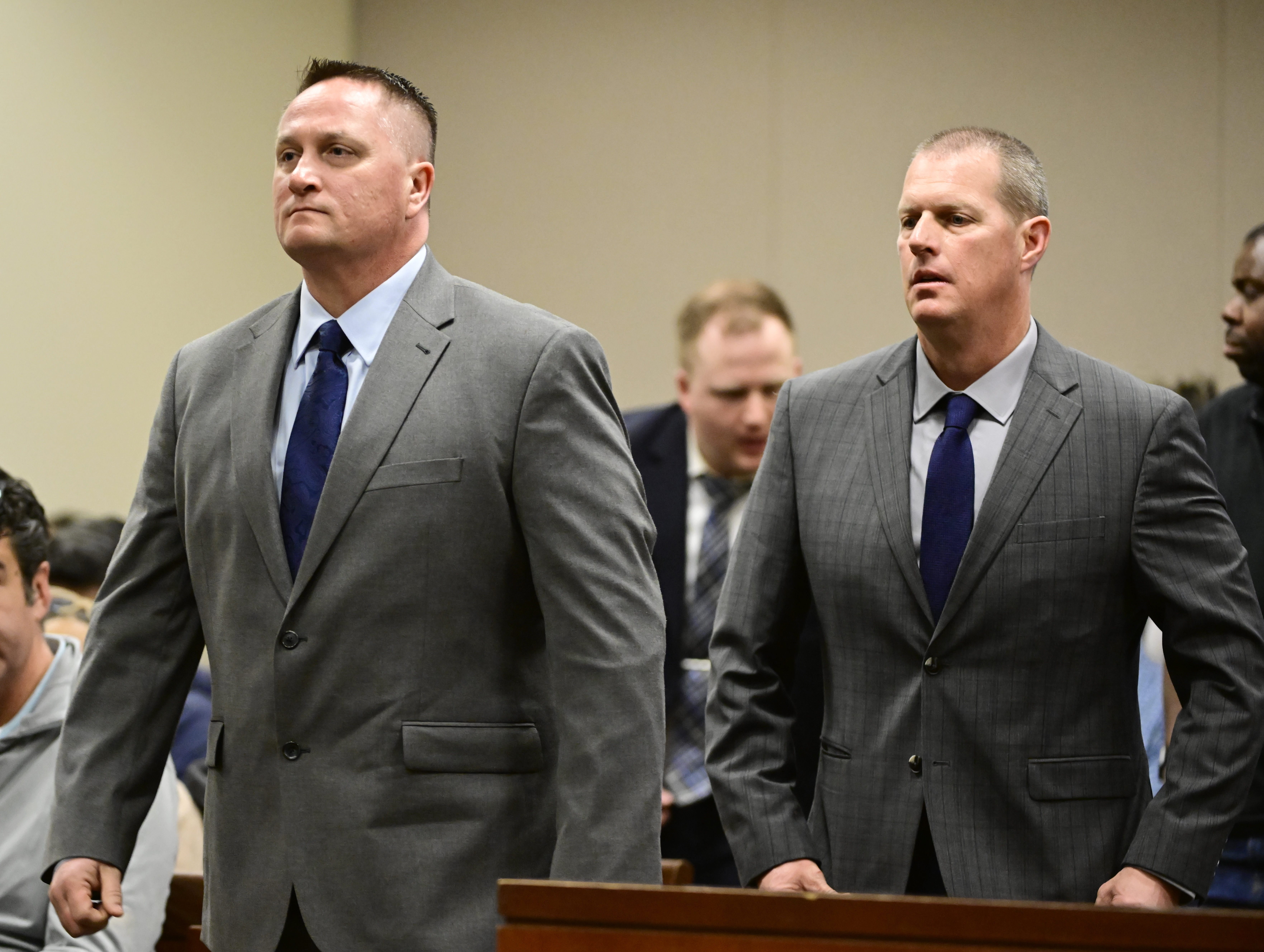In the world of banking, too-big-to-fail may be in the process of morphing into too-big-to-exist.
After hundreds of billions in federal aid and even more in lost investment capital, both the government and investors may be ready for a big sea change.
The only question, for some, is how quickly it will happen.
“In the next few months, we'll see the tacitly nationalized banks—Bank of America, Citigroup (NYSE: C) —sold off rapidly into pieces, turned into much smaller banks,” Sanders Morris Harris Group Chairman George Ball predicted on CNBC Thursday, adding the government wants to send a strong message, to “punish too-big-to-fail banks that have blotted their copy and not exonerate their management.”
“Five years from now, these banks will be broken up,” is how FBR Capital Markets bank analyst Paul J Miller sees it.
From Washington to Wall Street to Main Street, a dramatic change in conventional thinking appears to underway.
“Some institutions are too big to exist, because they are too interconnected," Sen. Richard Shelby (R-Ala.) told CNBC earlier this week. “The regulators can’t regulate them.”
U.S. & World
That conclusion became painfully obvious in the two faces of the financial crisis.
On one side, the federal government had to provide billions in aid —and on more than one occasion—to the likes of to Bank of America (NYSE: BAC), Citigroup (NYSE: C) and the giant insurer AIG (NYSE: AIG), which has its own lending unit, to prop them up.
On the other side, the failure of Lehman Brothers—which might have been averted with federal intervention—reverberated throughout the global economy.
Months later, the Obama administration and Congress now appear keenly focused on the dilemma and are expected to create legislation that will empower regulators to intervene in the affairs of big financial institutions and essentially wind down their operations in an orderly fashion with limited collateral damage to the economy. Such authority would also apply to investment banks tirned bank holding companies, such as Goldman Sachs (NYSE: GS).
“They need it and they’ll get it,” said Robert Glauber, who was a top Treasury official during the government rescue of the savings and loan industry two decades ago.
Regulatory reform is also likely to include new antitrust authority to block mega-mergers creating financial firms whose problems could adversely affect the overall system. Analysts say, if that’s the case, the government won’t want the too-big-to-fail companies of the past essentially hanging around.
Exactly how the government does that is unclear, but experts say there are ways without resorting to a heavy-handed approach such as nationalization.
“If once there is some kind of coherent policy toward systemic risk, whomever is managing that policy can start to make life difficult for an entity that is too big to fail,” says former S&L regulator and White House economist Lawrence White, at NYU’s Stern School of Business. “It wouldn't upset if they were providing subtle nudges.
“The Fed doesn’t want them that big and might make them hold more capital,” suggests Miller.
Some speculate that any further government aid to certain firms might come with such strings attached.
Others say a fresh look at regulation will help the process and unveil the complex, diverse and, at times, incompatible operations of the bank holding companies and their commercial bank subsidiaries.
“They can't assess the risks of the big banks,” says Frank Sorrentino, Chairman and CEO of North Jersey Community Bank, which recently acquired a failing bank in a transaction assisted by federal regulators at the FDIC.
Risk, or a disregard of risk, may also have factored into the decision-making of big bank executives, who assumed the too-big-to-fail doctrine would catch them if they fell, which the bailouts obviously did.
Small banks clearly have a financial interest in seeing the end of the big bank era, but that alone doesn’t undercut their arguments. In some cases it may be good for business, consumers and the overall marketplace.
"It’s an appealing idea to our clients because it will make them more competitive," says Robert C. Schwartz, a partner at Smith, Gambrell & Russell, which represents big and small banks in the Southeast. “Changes may leave gaps for the regional banks and the community banks."
“If the government does the right thing, it will be the private sector that forces these companies to do what they need to do for the benefit of their shareholders,” says Sorrentino, whose bank has $400 million in assets. (By contrasts, the 19 firms involved in the government’s recently completed stress tests have assets of $100-billion or more.)
- Slideshow: World's Safest Banks
- Slideshow: What Does $1 Trillion Look Like?
Investors have clearly been focused on shrinking earnings and stock prices and what some consider diminished prospects for the future, even with a positive resolution to the financial crisis.
“I also think investors are going to realize that they’ll be low-single digit growth rates,” says Miller
Some analysts say recent events highlight a fundamental problem that has been somewhat ignored for years; the financial supermarket structure of the big institutions makes them difficult, if not, impossible to operate with great success.
“Investors will say,That business unit hidden in there; let's spin that off,” says Sorrentino. “Either the regulators are going to force it or the shareholders are going force it.”
For more stories from CNBC, go to cnbc.com.



